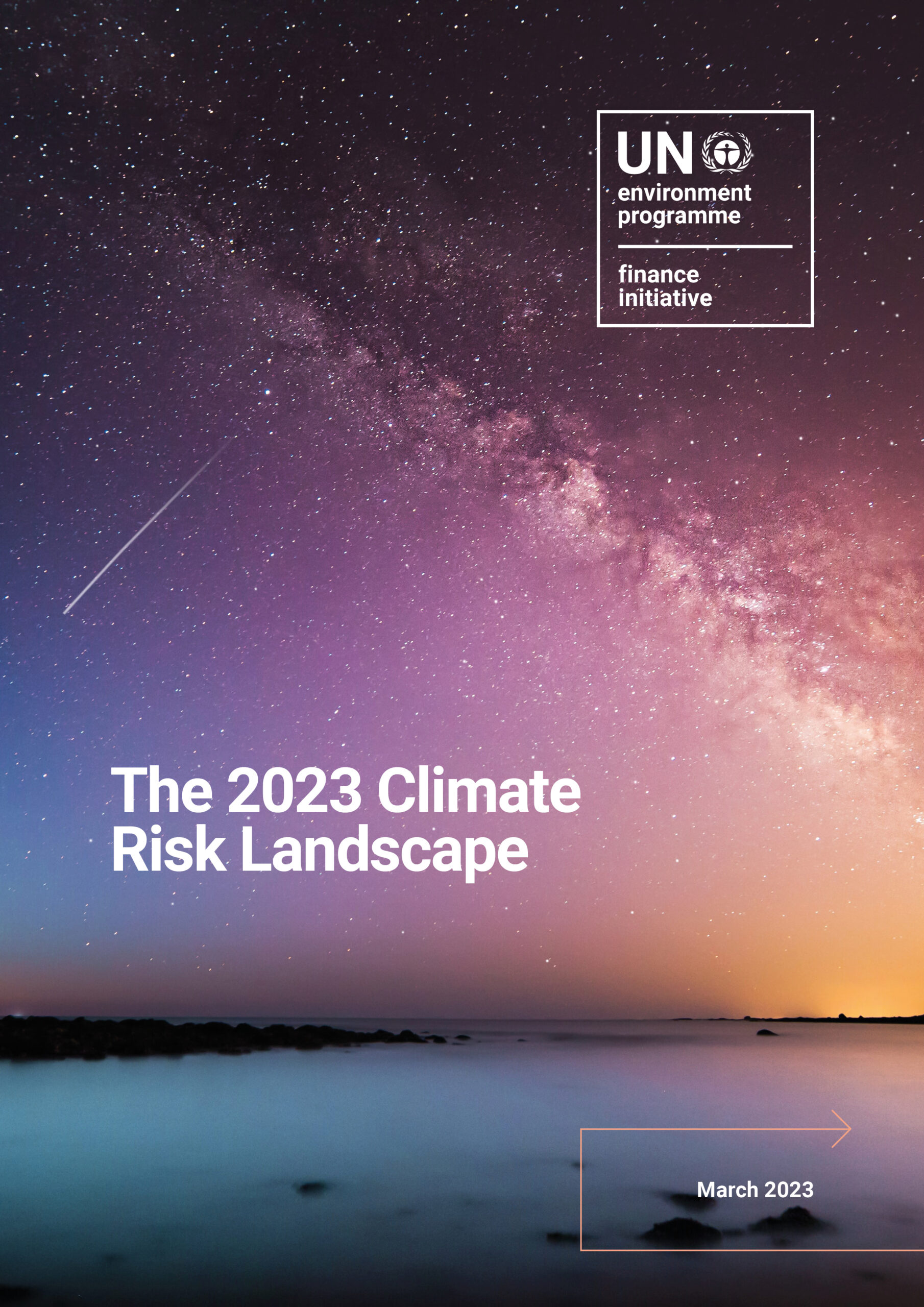Understanding and managing interlinkages is at the heart of the UNEP FI Holistic Impact Approach, which was constructed specifically based on the interconnected and indivisible nature of different sustainability topics.
The Interlinkages Mapping serves as an illustration of the interconnectedness of different Impact Areas and Topics, and it is designed to enable users to understand how taking action on one Impact Area or Topic may positively or negatively impact other Impact Areas and Topics. Accordingly, the mapping is intended to help impact and/or sustainability managers to avoid potential ‘unintended consequences’ of tackling one issue, but also to seek synergies across multiple positive impacts in a more deliberate and cost-effective way.
The Interlinkages Mapping includes the following items:
- My Search: an interactive worksheet to search for specific interlinkages.
- The Interlinkages Map: a comprehensive map of all the Impact Areas and Impact Topics of the UNEP FI Impact Radar (2022 edition) against each other to understand where potential interlinkages may exist.
- Interlinkages worksheets per Impact Area: for each dimension of sustainable development (economic, environmental and social) there are worksheets which detail the interlinkages related to the Impact Areas for the different sustainability pillars, including narrative explanations and references.
Download the Interlinkages Mapping here.
Methodology
The Interlinkages Mapping is based on the 12 Impact Areas and 34 Impact Topics of the UNEP FI Impact Radar (2022 edition), which spread across the economic, environmental and social dimensions of sustainable development. These were determined on the basis of international standards and definitions and covers all aspects of the SDGs. A standalone mapping between the Impact Radar and the SDGs is also available here.
It was constructed through an extensive review of existing research on interlinkages, including resources developed in relation with the Sustainable Development Goals (SDGs) and other cross-cutting sustainability standards. The mapping includes references which contains the different pieces of literature and research that were used to come to the list of interlinkages. The vast majority of these references are to reports, publications and articles created by UN agencies (WHO, UNFCCC, UNDRR, etc.) and from other reputable bodies such as the OECD and already existing research on interlinkages (such as the sources used in the European Commission’s SDG Interlinkages Tool).
The Interlinkages Mapping is a live resource that benefits from trialling and refinement as part of the ongoing development process of the UNEP FI Impact Analysis Tools. The Mapping is refined through an open and ongoing review process, incorporating advancements in the field, user feedback and input from topic experts.
The Interlinkages Mapping in Practice
- To understand how to implement the Interlinkages Mapping in practice, refer to User Guide to the Impact Mappings and the UNEP FI Impact Analysis Tools, in which the Mapping is embedded.
- You can find a video walk-through of the Interlinkages Mapping here.
- Get additional information and guidance in the accompanying document to the Interlinkages Mapping, titled “Understanding and Managing Interlinkages,” available here.
Feedback
Let us know what you think of the Interlinkages Mapping! Please share your user experience or any feedback with us.
Get in touch
Reach out to us at positiveimpact@unepfi.org
Copyright © United Nations Environment Programme, 2024
The Interlinkages Mapping is one of UNEP FI’s Impact Mappings. The UNEP FI Impact Mappings may be reproduced in whole or in part and in any form for non-commercial educational or non-profit purposes without special permission from the copyright holder, provided acknowledgement of the source is made. Please contact the United Nations Environment Programme for a tailored acknowledgment statement. The United Nations Environment Programme would appreciate receiving an electronic copy of any materials (publications, resources, tools) that use all or part of this resource either directly or as a source of inspiration.
No use of the UNEP FI Impact Mappings may be made for resale or for any other commercial purpose whatsoever without prior permission in writing from the United Nations Environment Programme.


